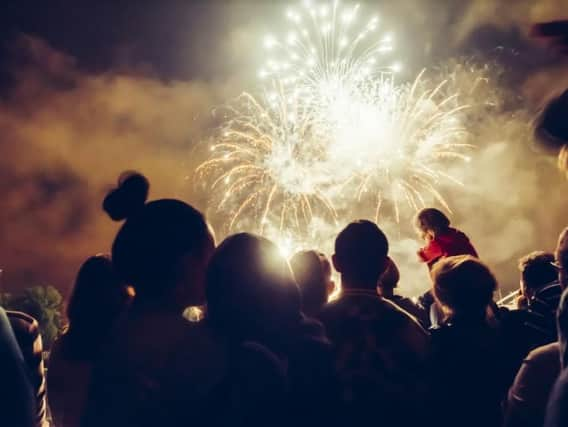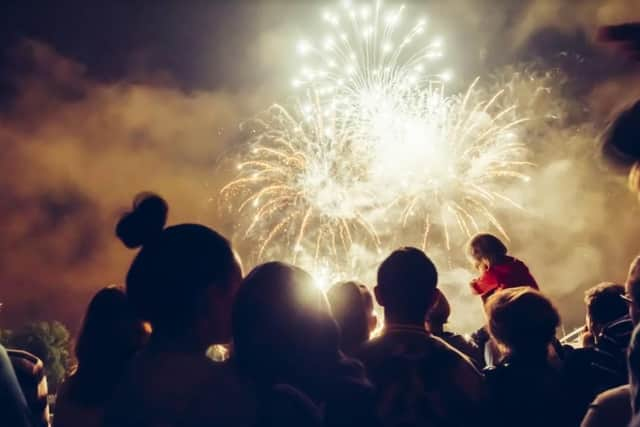Bonfire Night 2018: Fireworks displays and events in Wigan


From the large-scale fireworks displays to smaller community events, here’s a comprehensive guide to what’s on near you around Bonfire Night this year.
Remember to wrap up warm and stay safe amid the sparklers and rockets.
WHAT'S ON AND WHEN:


Standish Cricket Club
When: Friday, November 2
Gates open: 6.30pm
Fireworks: 7.45pm
Advertisement
Hide AdAdvertisement
Hide AdAdmission: Adults £3, children £2. Extra details: Fairground rides, bar open, hot and cold food and refreshments available.
St Peters Pavilion, Hindley
When: Sunday, November 4
Gates open: 4pm
Fireworks: 6.30pm
Admission: Adults £6, children £3, family of four £16
Extra details: Funfair, live entertainment, food and drink stalls, licensed bar.
Haigh Woodland Park
When: Sunday, November 4
Gates open: 4.30pm
Fireworks: 6.30pm
Admission: Adults £10, children aged 4-15 £8, family of four £32, under 3s go free
Car parking: £1.50. Extra details: Super Hero V Princess Show. A Starkidz Show featuring fun, music and games with a number of
Advertisement
Hide AdAdvertisement
Hide Adchildren’s favourite characters. An award-winning LED Puppet Show, finishing with an amazing and colourful firework finale from National Firework Champions – SM Art Pyro.
Food and drink concessions.
Wigan RUFC
When: Monday, November 5
Bonfire lit: 6.45pm
Fireworks: 7.30pm
Admission: Car with passengers £25, Adults £5, children £4, family of four £15
Extra details: All proceeds are to raise funds to promote junior and senior rugby.
Highfield Cricket Club
When: Monday, November 5
Gates open: 6pm
Bonfire lit: 6.30pm
Fireworks: 7pm.
Admission: Adults £5, children £2, family of four £12
A History of Bonfire Night
“Remember remember the fifth of November.” But just why do we venture out into the cold to stand around a bonfire and set off fireworks every year?
Advertisement
Hide AdAdvertisement
Hide AdOf course, it’s all to do with Guy Fawkes who, on November 5, 1605, was arrested while guarding the explosives he and a team of accomplices had placed beneath the House of Lords.
The Gunpowder Plot was intended as a murderous prologue to a Midlands revolt designed to disrupt a ceremony in which King James I’s nine-year-old daughter was to be installed as the Catholic head of state.
But it failed when authorities were tipped off by an anonymous letter.
In its early days, Bonfire Night was an enforced public day of thanksgiving, celebrating the fact that King James I’s life was spared by the plot’s failure.
Advertisement
Hide AdAdvertisement
Hide AdGunpowder Treason Day was the main English state commemoration, but it wasn’t originally the cosy celebration with sparklers and hot drinks we’ve come to know today.
With strong anti-Catholic overtones, violence was known to flare up, and sermons warning against the dangers of Catholicism were often preached against a backdrop of burning effigies of the Pope.
Even long after the day’s origins, 19th century towns saw class-warfare erupt; it wasn’t until 1859 – when the Observance of 5th November Act was repealed – that the violence began to subside.
By the 20th century, the event became more recognisable as the Bonfire Night we know today, with the setting off of fireworks a tongue-in-cheek metaphor for Guy Fawkes’ sternly guarded cargo.